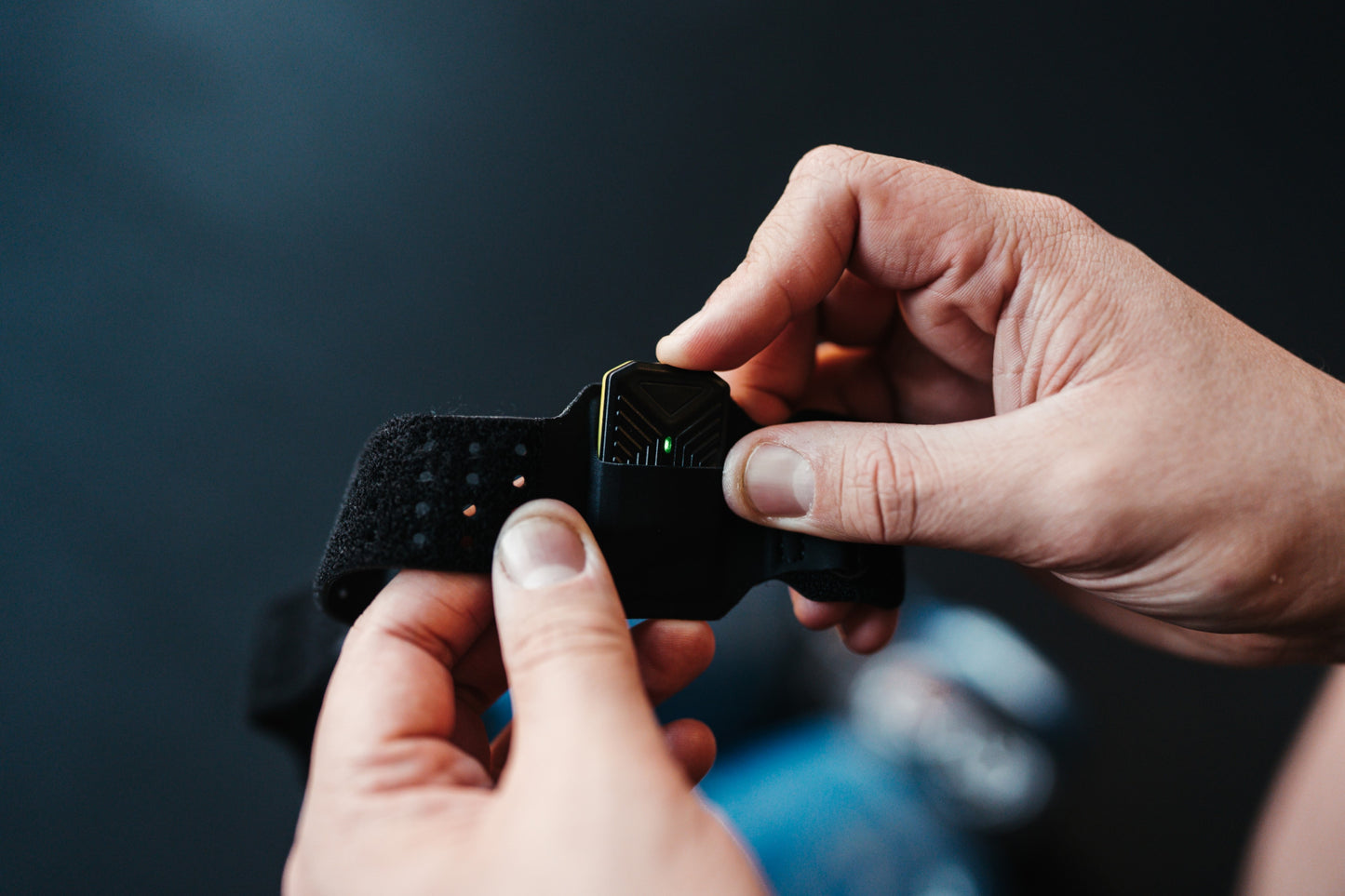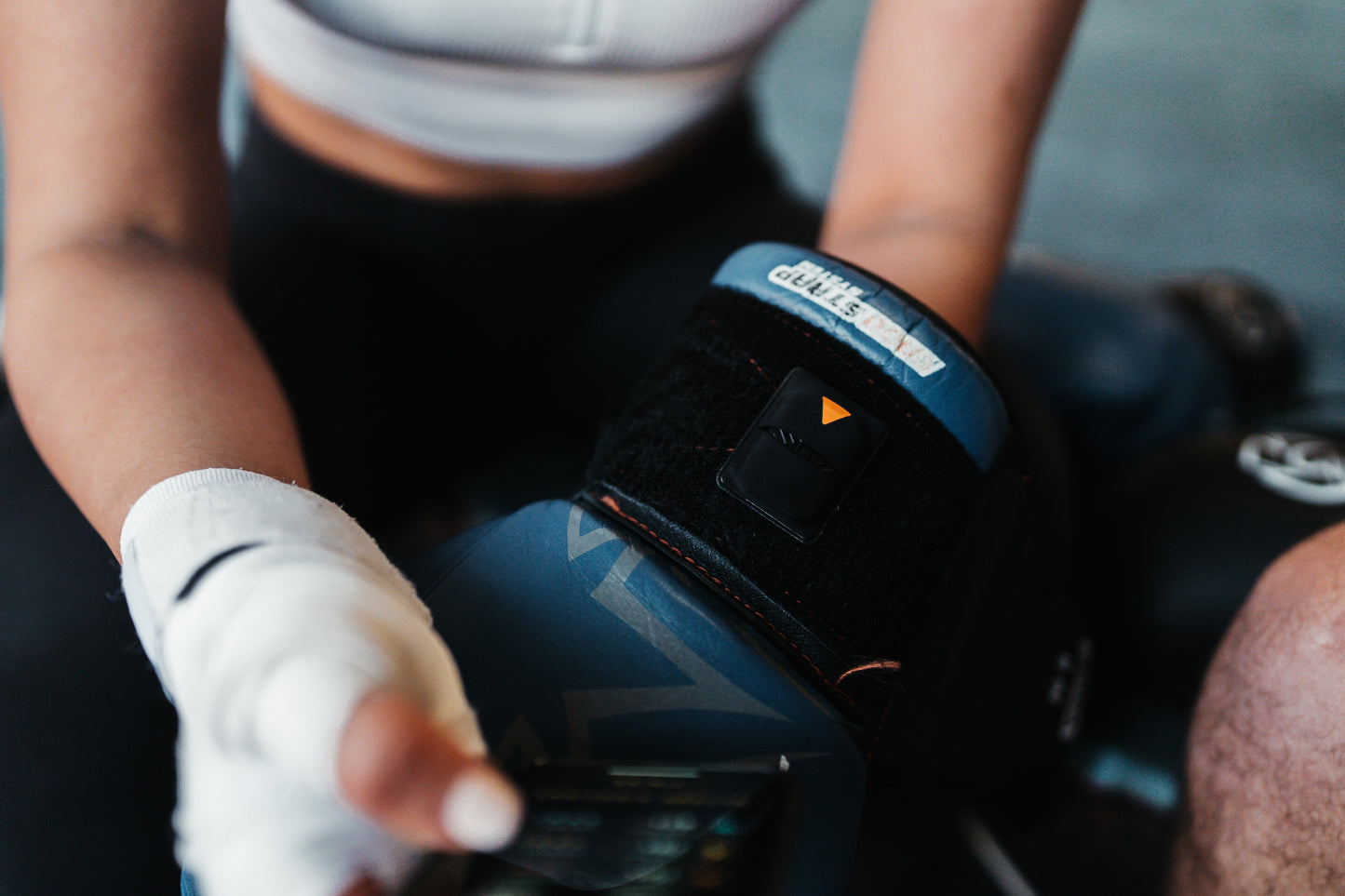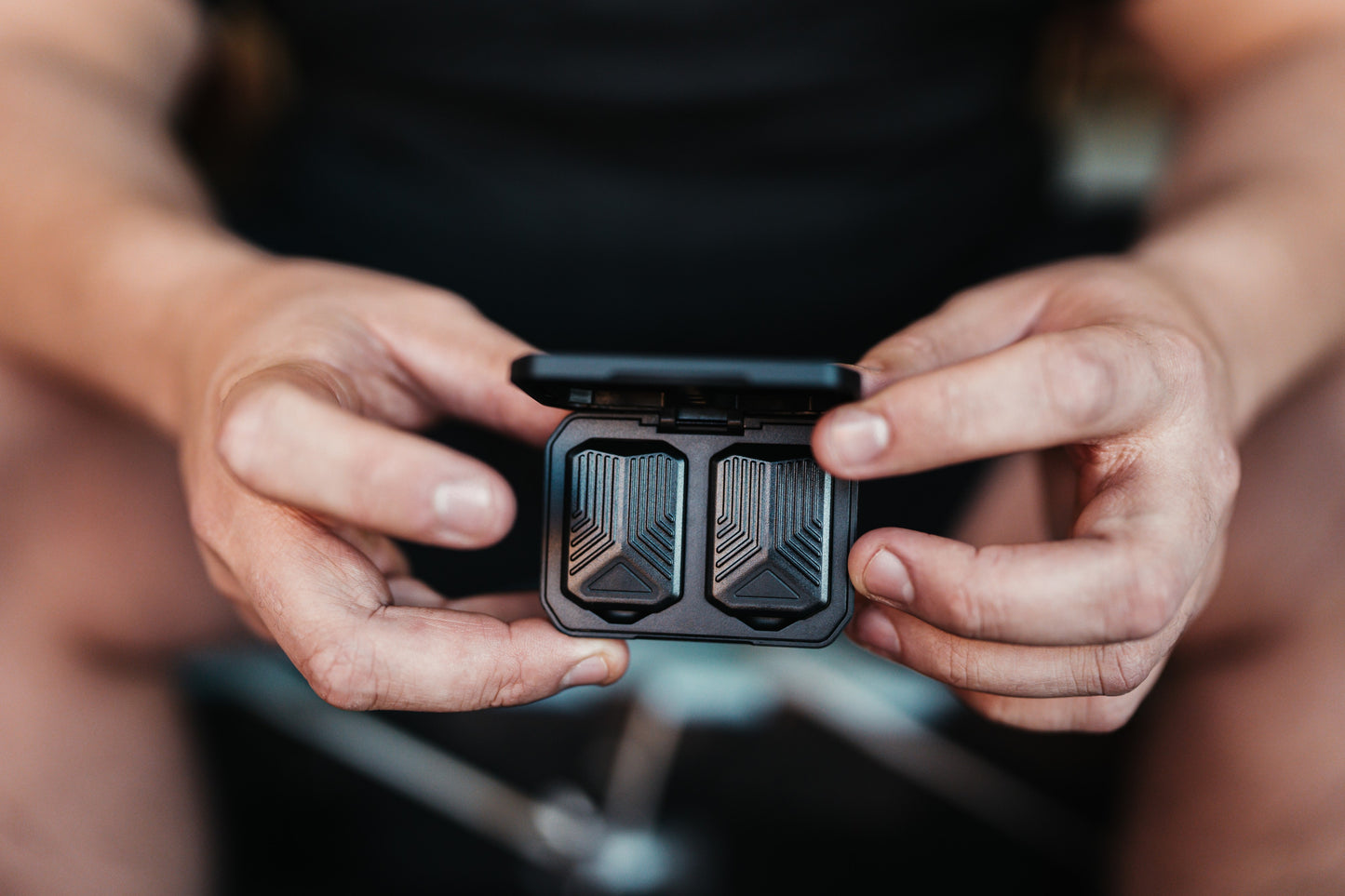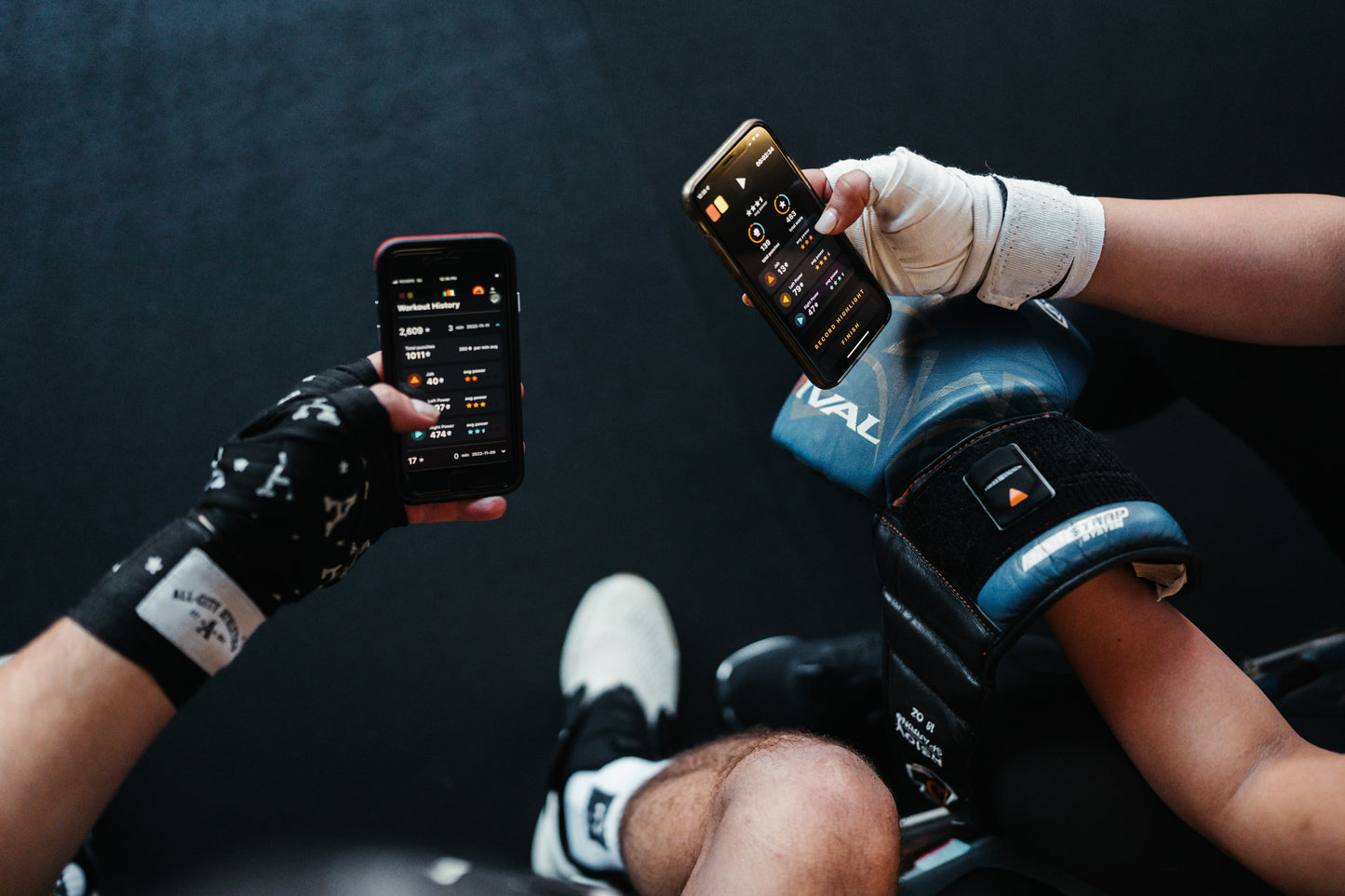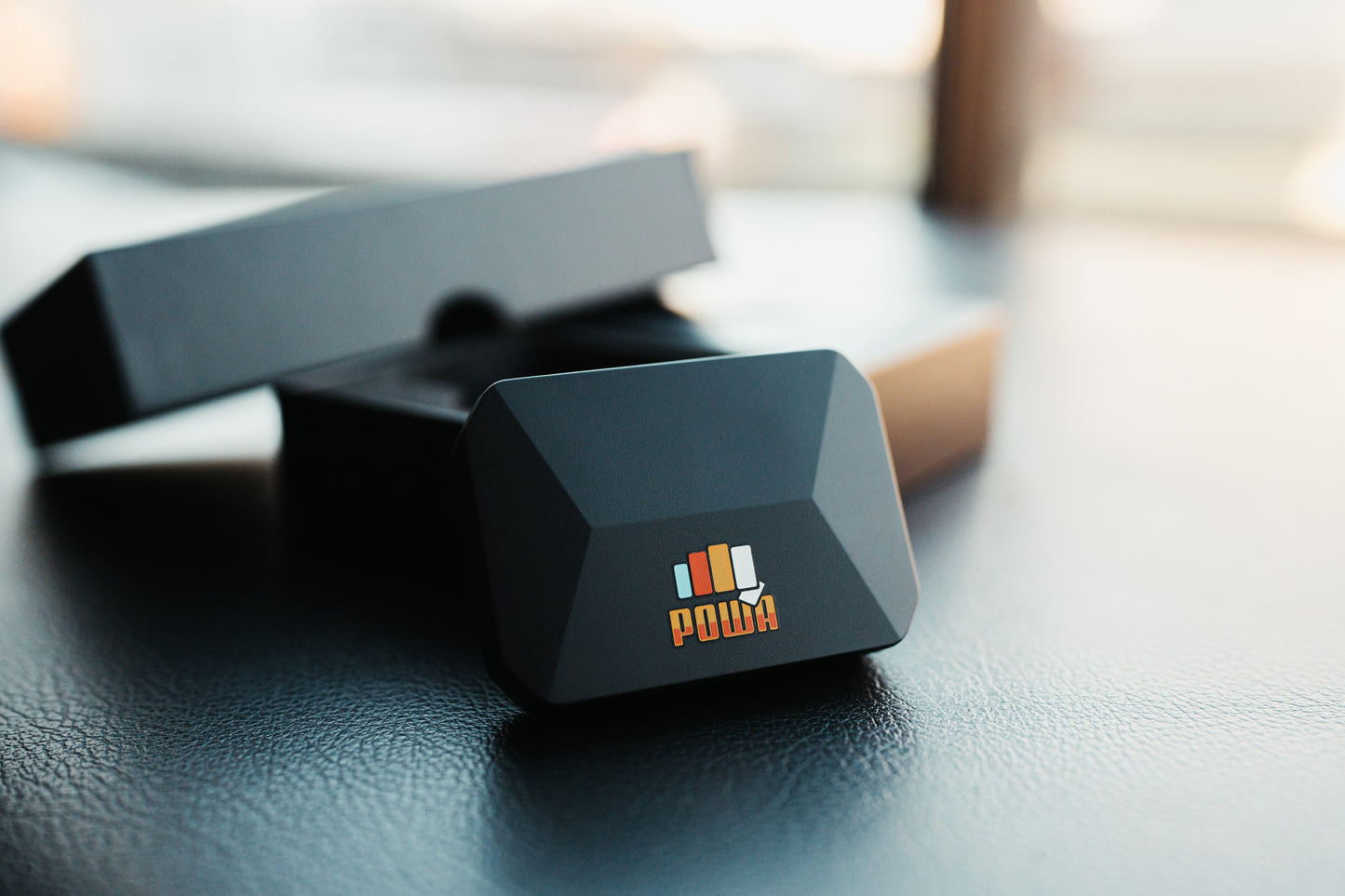Why Proper Hand Wrapping is Crucial
Before we jump into the "how," let's understand the "why." Hand wraps serve multiple purposes:
- Support: They stabilize the wrist and hand, preventing hyperextension and injury.
- Protection: Wraps cushion the knuckles and secure the small bones in your hand when punching.
- Comfort: Properly wrapped hands can make boxing gloves more comfortable, preventing blisters and abrasions.
What You'll Need

- A pair of hand wraps (about 180 inches is standard for adults)
- A flat surface to lay out your wraps
- A bit of patience as you master the technique
Step-by-Step Guide to Wrapping Your Hands
1. Start with the Loop
Begin by threading the thumb through the loop at the end of the wrap, ensuring the wrap lays flat against your hand. The loop should be snug but comfortable around your thumb.
2. Anchor the Wrist
Wrap around your wrist three to four times, depending on the length of your wraps and the size of your wrists. These initial wraps should be snug but not too tight, as you don't want to cut off circulation.
3. Protect the Knuckles
From the wrist, bring the wrap up to your knuckles. Wrap around your knuckles three to four times, again adjusting for the length of your wraps and the size of your hands. Ensure that your fingers are spread apart to maximize mobility and protection.
4. Secure the Thumb
After wrapping the knuckles, bring the wrap down to the thumb and around it in an X pattern. This step is crucial for stabilizing the thumb and preventing injuries.
5. X Marks the Hand
Next, create an X pattern over the back of your hand by crossing the wrap between your thumb and index finger, then around the back of your wrist. Repeat this process a few times to reinforce the stability of the wrist and the protection around the hand.
6. Finish at the Wrist
After securing the hand and knuckles, bring the wrap down to the wrist again. Use any remaining length to reinforce the wrist wrap. Finish by securing the Velcro on the wrap. Ensure that your hand feels secure but not overly tight, and check that you have full mobility of your fingers.
Tips for Perfect Hand Wrapping

- Even Pressure: Apply consistent pressure when wrapping to avoid loose areas that could lead to blisters or overly tight sections that could cut off circulation.
- Not Too Tight: While you want your wraps to be secure, wrapping them too tightly can lead to discomfort or even injury.
- Practice Makes Perfect: The first few times you wrap your hands, it might feel cumbersome. With practice, you'll find a rhythm and technique that works best for you.
-
Inspect Your Wraps: Regularly check your hand wraps for wear and tear. Frayed or stretched-out wraps won’t provide the protection you need.

Conclusion
Wrapping your hands is a non-negotiable part of boxing, serving as both protection and preparation for whatever your training or competition throws at you. By following this guide, you'll ensure your hands are wrapped correctly, keeping them safe as you develop your boxing skills. Remember, a well-wrapped hand is the foundation of a strong, effective punch. So take the time to wrap your hands properly, and step into your boxing journey with confidence.
Let us know what you think on Instagram @powaboxing






